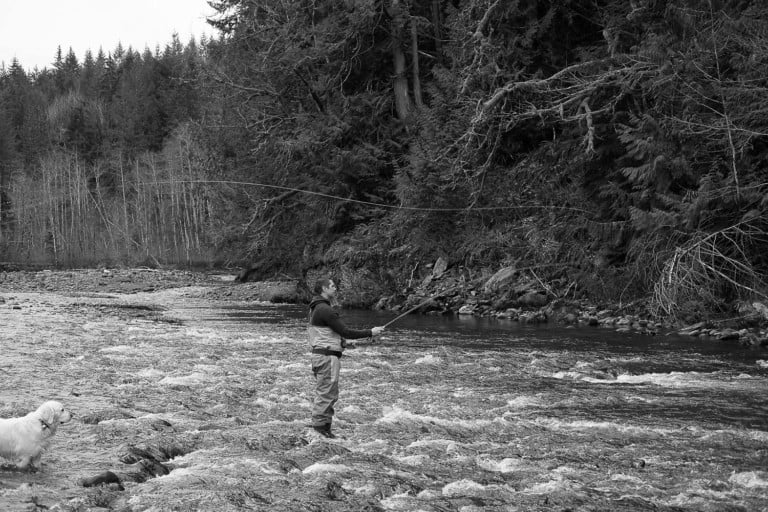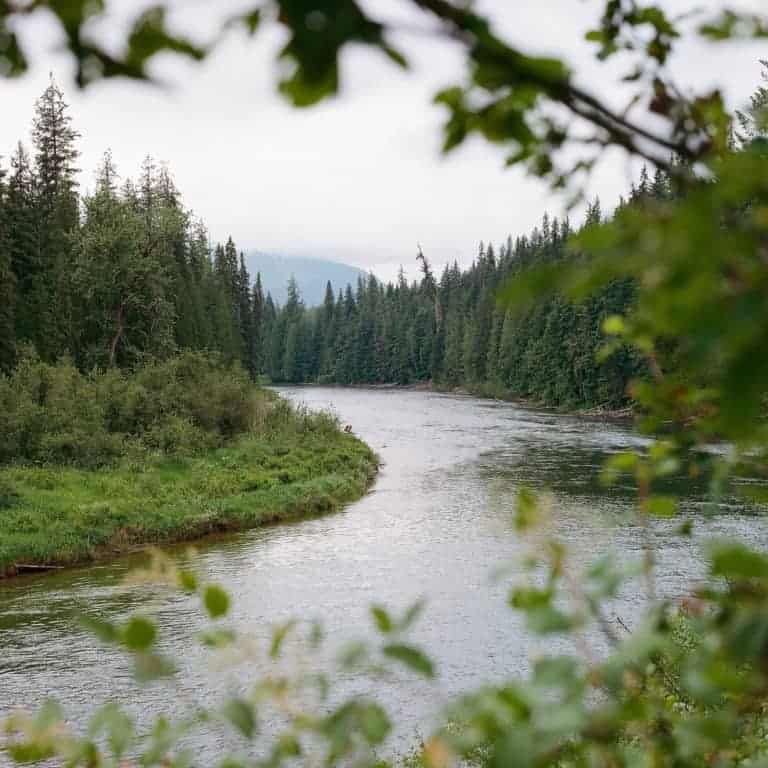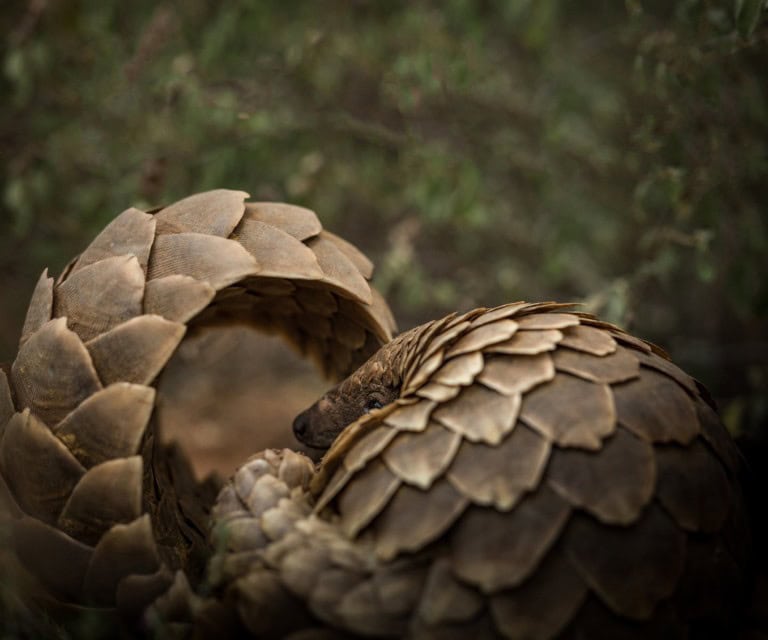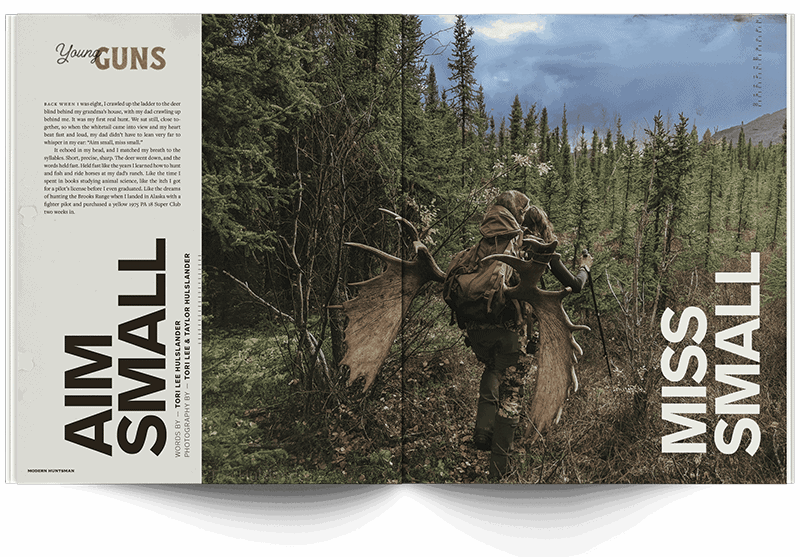It wasn’t long ago that California’s great rivers brimmed with the hooked jaws of salmon. Today, most if not all of that wildness, has disappeared under the chopping block of western progress at any cost. To be able to drift back in time to a place where salmon continue to flood August rivers is perhaps my greatest inspiration. These wild rivers and the salmon that sustain them are not impervious or immune to human progress, and more than anything I hope my grandkids get to stand in the wild salmon waters one day.
I grew up hearing the stories of our backyard creek in northern California and the thousands of wild coho salmon that arrived each October. But by the time I was born, most had disappeared from the coastal creeks of northern California. I dreamed of seeing those gin-clear streams with so many salmon that the water swirled and churned with life. If it rained, my dad would load us into his old Volvo and we’d head down to the creek to watch the ancient migration unfold.
Most days we saw nothing save for a churning, muddy creek. No salmon broke the water’s surface, or lept up the braided falls. But that didn’t stop us from coming back day after day until we saw what we were after, a wild coho salmon. Sometimes it’s easy to forget that we still have wild places that need our voice, reverence and eyes, so that we might find inspiration to protect what we love. Decades of development, logging, mining, overfishing, and an itch for blind progress at any cost left most of America’s wild salmon rivers beaten down, degraded, and a remnant of a once wild and vibrant ecosystem. And it’s not just the fall runs that have disappeared, it’s the summer,




